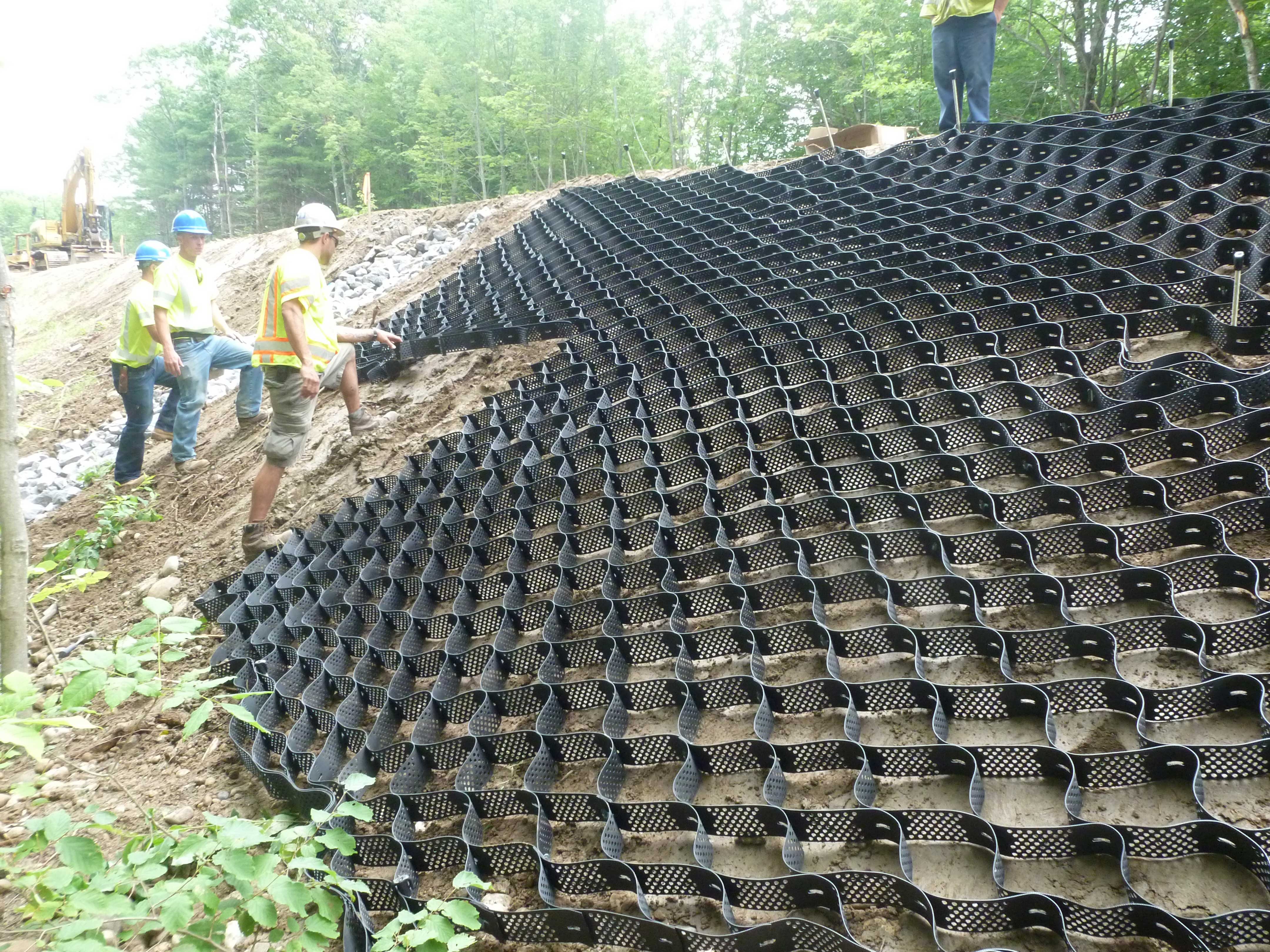Effective Techniques by Memphis Erosion Control Solutions erosion control
Wiki Article
Ideal Practices for Erosion Control in Building And Construction Projects
Are you working on a building task and concerned regarding disintegration control? In this article, we will certainly direct you with the finest techniques for avoiding erosion on your website. erosion control. Get prepared to deal with disintegration head-on and ensure the success of your construction job.5 Crucial Erosion Control Techniques
To properly manage erosion on your building and construction site, you'll need to apply essential strategies such as incline stablizing and sediment control steps. Slope stablizing is critical in avoiding soil disintegration on steep slopes. Another efficient method is the usage of disintegration control blankets or mats, which are positioned on the incline and assistance preserve dirt particles while allowing vegetation to expand.
Reliable Debris and Overflow Administration

You can successfully manage debris and overflow in your building job by implementing correct erosion control steps. Sediment and runoff monitoring is important to avoid disintegration and safeguard the surrounding atmosphere. One effective measure is the installation of silt fences along the perimeter of the construction site. These fencings assist to include debris and prevent it from getting in close-by water bodies. An additional crucial practice is the execution of disintegration control coverings or mats. These coverings give a safety layer on bare soil, minimizing the effect of rainfall and preventing erosion. Additionally, the use of sediment basins or sediment catches can aid to catch debris and prevent it from going into stormwater systems. Normal maintenance of these actions is vital to guarantee their performance throughout the building and construction job. This consists of evaluating and cleaning sediment containers and on a regular basis changing silt fences and disintegration control coverings as needed. By carrying out these disintegration control procedures, you can effectively manage debris and runoff in your construction project, minimizing the influence on the atmosphere and abiding by governing needs.
Trick Considerations for Slope Stablizing
When taking into consideration slope stabilization, it is very important to examine the surface and recognize prospective areas of instability. You require to very carefully check out the incline's features, such as its angle, composition, and drain patterns. Seek signs of erosion, such as exposed roots, fractures, or slumping soil. These signs can offer you a concept of where stablizing measures may be required.As soon as you have actually identified the unpredictable locations, you can start carrying out actions to stabilize the incline. One usual approach is the usage of keeping walls or terracing to create a collection of level steps, which can aid distribute the weight and prevent more erosion. One more option is to grow greenery on the slope, as the origins can aid secure the soil and control erosion. In addition, setting up erosion control coverings or mats can supply instant protection while plants ends up being recognized.
It's important to frequently monitor the maintained slopes to ensure their effectiveness. Watch out for any type of indications of movement or erosion, and take prompt action if essential. Regular maintenance, such as examining and fixing any damaged steps, is also vital to guarantee long-term security.
Ideal Practices for Plants and Dirt Security
One efficient means to protect vegetation and soil on slopes is by routinely checking for signs of disintegration and taking prompt activity if needed. Start by checking the slope for any kind of indications of erosion, such as subjected roots, bare dirt patches, or sediment buildup at the bottom. Implement disintegration control actions such as mounting webpage erosion control coverings, mulching, or even creating keeping wall surfaces if required.Applying Proper Drain Solutions
When it comes to managing water circulation and protecting against disintegration, comprehending these factors is necessary. Steeper inclines can lead to quicker water flow, increasing the risk of erosion and flooding. On the various other hand, gentler inclines permit water to stream a lot more gradually, lowering disintegration capacity.Soil kind additionally affects drain system design. Different dirt kinds have varying levels of leaks in the structure, influencing exactly how water is absorbed and drained pipes. For circumstances, sandy soils tend to drain pipes faster because of their crude texture, while clay dirts have a slower drain rate because of their compact nature. Comprehending the dirt kind helps in picking proper drainage strategies, such as using absorptive products or installing French drains pipes. In addition, taking into consideration the soil attributes check my site helps protect against waterlogging, which can cause bad plant growth and damages to structures.
Verdict
In final thought, when it comes to erosion control in construction projects, you have to adhere to these ideal techniques. Think about incline stablizing approaches to ensure the security of the website. By adhering to these essential techniques, you can properly regulate disintegration and make sure the success of your building job.To efficiently control disintegration on your building and construction site, you'll need to implement crucial techniques such as incline stabilization and sediment control actions. Incline stablizing is important in preventing dirt disintegration on pop over to this web-site high inclines. One more effective strategy is the use of erosion control coverings or mats, which are placed on the incline and help retain dirt particles while allowing plant life to grow. One more option is to grow plants on the slope, as the origins can assist secure the dirt and control erosion. Implement erosion control measures such as setting up erosion control coverings, mulching, or also building keeping wall surfaces if needed.
Report this wiki page